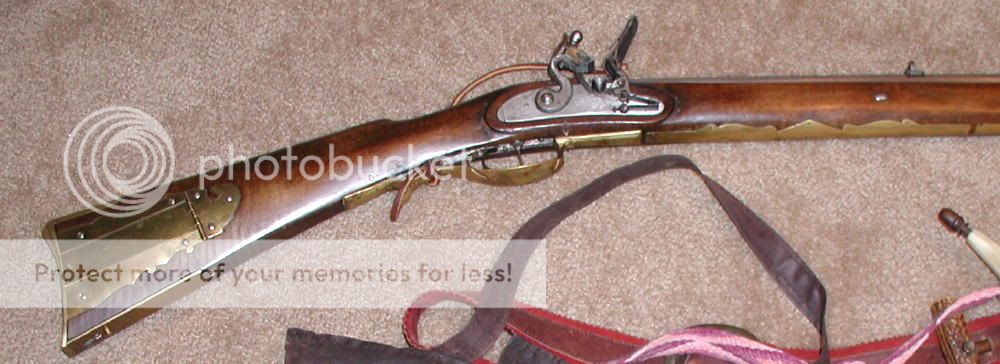Desert Ratxx
45 Cal.
- Joined
- Oct 23, 2004
- Messages
- 722
- Reaction score
- 3
Are Hawken rifles the only rifle that used a hooked breech system? I am specifically interested in a long fullstocked flintlock rifle. I have seen pictures of period rifles that look like they used barrel wedges to hold the barrel but I can't find any info on if they utilize a hooked breech with it. Dates and which side of the Missouri would be helpful but not critical.
Thanks :hatsoff:
Thanks :hatsoff:






